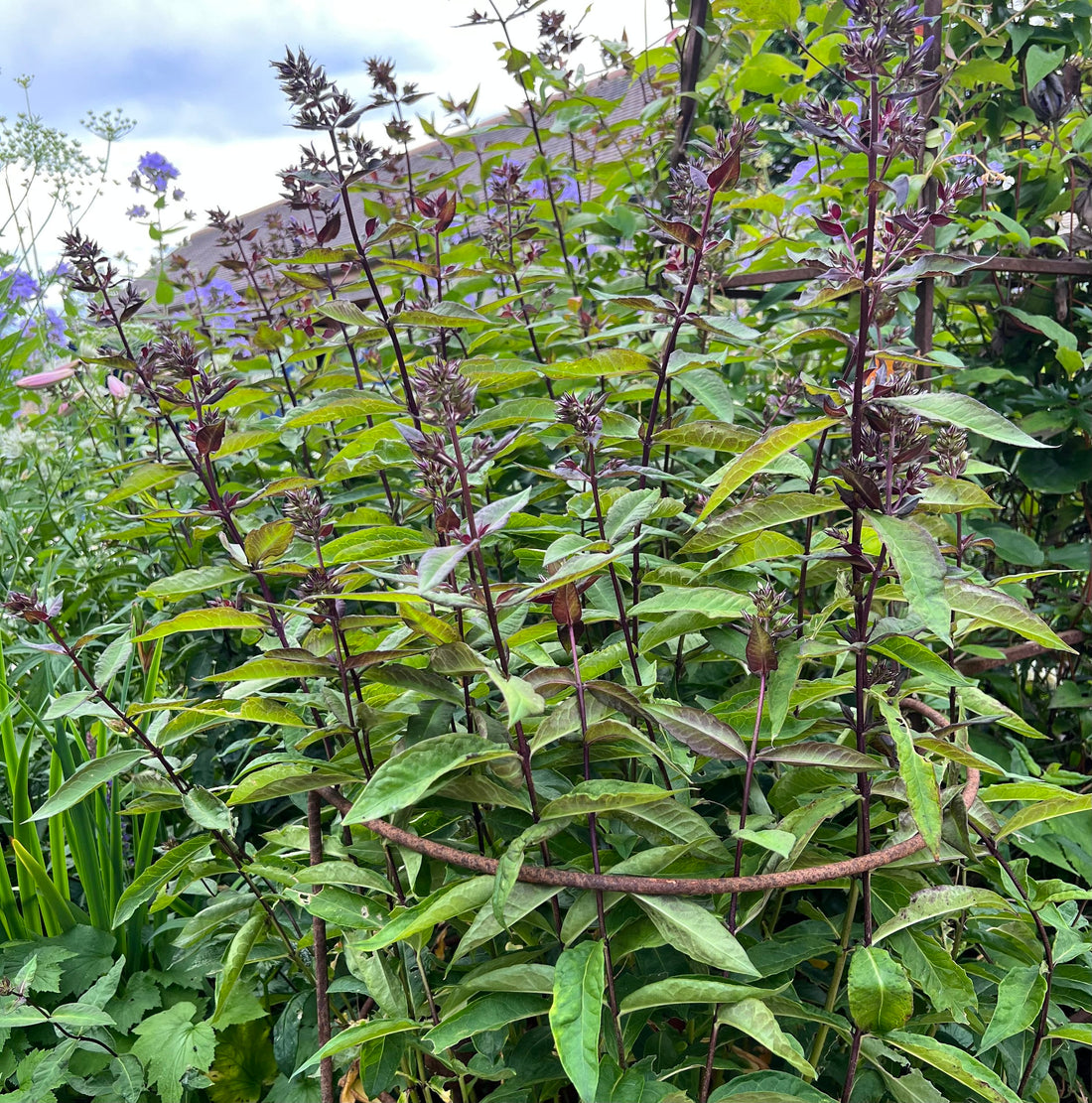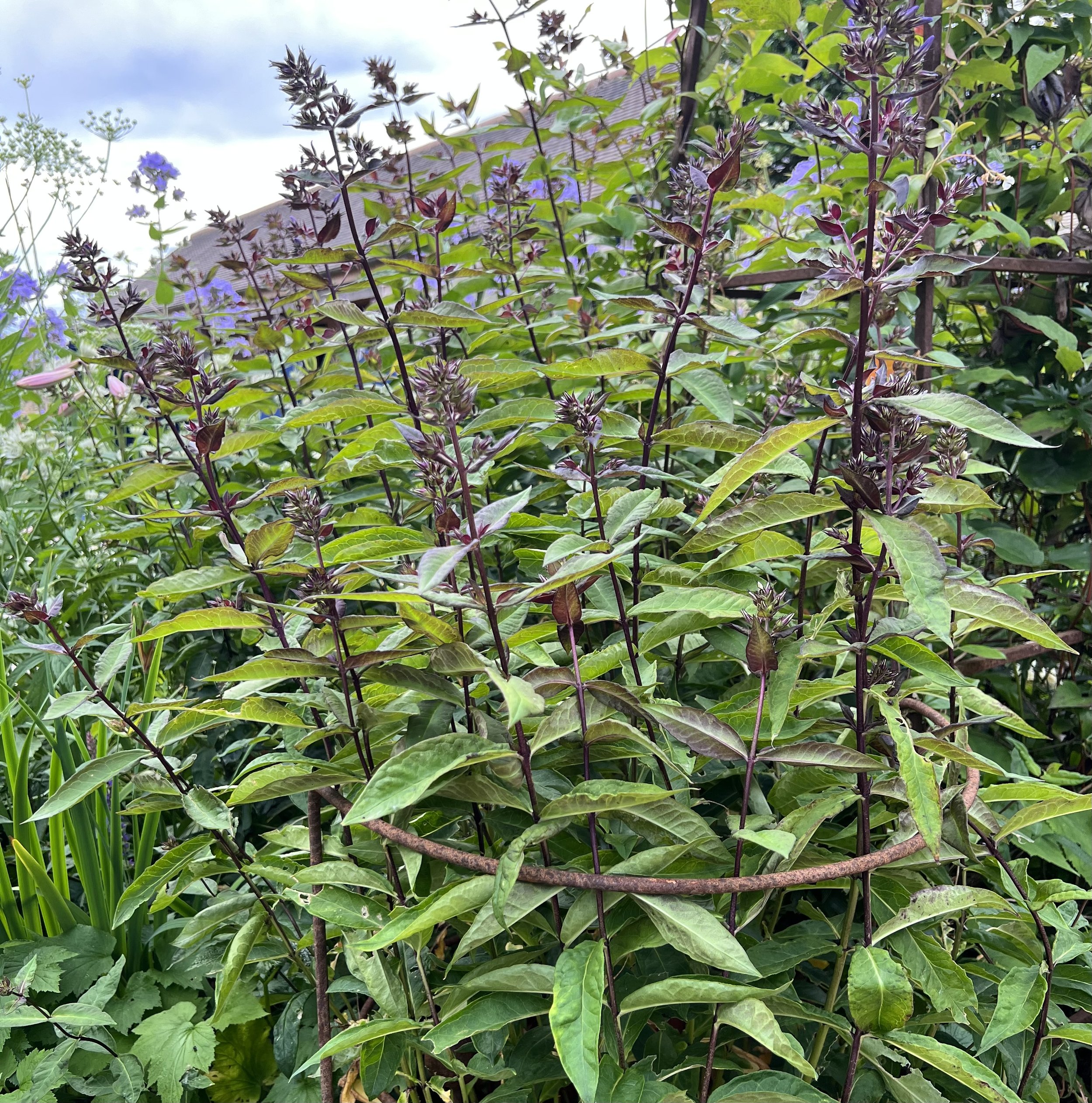
Jobs in the garden…
SEO SpaceJust as birds moult in July, so the garden seems to go through a quiet phase before it begins to put on the fiery colours of late summer and early autumn. The chorus girls of the early summer: peonies, lupins, irises and many of the roses have finished flowering although there are stars like salvias, campanulas and nepetas to keep colour coming through the borders.
Now is the time to tidy up in the garden and these are the jobs I shall be focusing on in the new couple of weeks:
-
I do believe in doing a thorough weed through all of the borders in May; pulling out the weeds as soon as they show makes for much easier weeding as the season goes on. Now is the time for a second good weed through to get rid of late annual weeds. Perennials such as bindweed and ground elder are almost impossible to get rid of without drastic action but I like to starve them of the chlorophyll they need for growth so I pull out any green as it emerges. – you won’t get rid of them but I like to think it weakens the plant.
-
So many early plants have fulfilled their purpose in life and produced seedheads: now is the time to deadhead. Some, like Salvia nemorosa Caradonna, will produce a second flush of flowers; roses, such as the repeat-flowering ‘Tranquility’, benefit from having faded flowers removed to divert the plant’s energy from producing rose hips to making more flowers; chives will produce a second flush of leaves and often flower again if they are cut back now and even my new favourite Geum ‘Totally Tangerine’ could do with a good deadhead and a haircut of some of the longer stems.
-
Keep picking fruit, vegetables and flowers for the house. I was away for a week in mid June and, coming home, I could see that my broad beans are already past their best – I love the beans when they are tiny and need only blanching before being eaten; my artichokes began producing edible fruit in May and I am having trouble keeping up with the harvest – if I leave the fruits they will produce lovely purple, thistle-like flowers but I want to eat as many as I can while the season lasts; a few roses in a vase give such pleasure and benefit the bush – the same applies to most flowering plants.
Plants are in full growth now and need support – a subject about which I have learned quite a lot over the years!! There are two supports that I use everywhere – not the obelisks and arches that are the stars of the show but the workman-like supports that are so versatile:
Semi-circulars
These are ideal for clumps of plants that tend to droop when they reach their full height: euphorbias, nepetas, cosmos, ammi majus and orlaya grandiflora, alstroemarias, astrantias, crocosmias and sedums all have a tendency to lean towards the light or to droop themselves over the nearest available clump. I find that for most plants, our 8mm semi-circulars are sufficient; I tend to gather the plant into them at an angle before raising them so that the legs are vertical and the plant is held well back before pushing them firmly into the ground. One of our clients, Moreton Hall, uses a pair of large 12mm semi-circulars, placed back to back making a circle at the top, to hold up large weeping roses such as ‘Canary Bird’ and ‘The Fairy’ allowing them to spill like a fountain over the top of the ring.

Phlox ‘Blue Paradise’ is held in a medium 8mm semi-circular support
Stakes
I love our stakes with their ball tops – they look good by themselves and the balls were originally added as a security measure. They really are the most useful basic plant support there is. They range in height from 90cm to 200cm so there is a stake for every situation – remember to allow for 15-20cm in the ground to give good support. I remember many years ago hearing on ‘Gardeners’ Question Time’ that the only way to be sure of holding up really large inflorescences - sunflowers, lupins or delphiniums - was to stake each head individually. Stakes can also be hidden discretely among herbaceous clumps with string wound between them to stop one level of plants from falling forwards onto the next; a set of 5 stakes placed round large dahlias or other large clumps with string laced through the clump will support the plants well; I use them to support the stems of young trees, such as apples, when they are first planted; almost anything is happy to be staked.

Stakes weave through the border supporting campanulas
